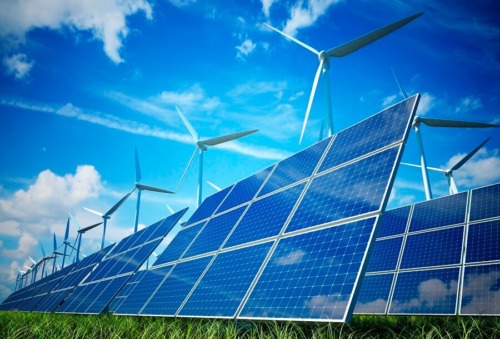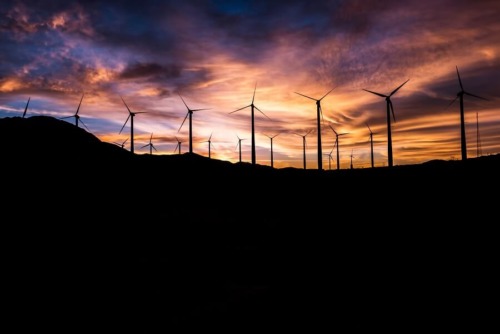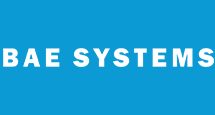
The Stationary Battery Energy Storage System Market Is Set to Boom
05 January 2020

In general, the battery business has been going strong, alongside the explosion in personal devices which has been seen in the last two decades. Innovations have been coming quickly, and the portable battery market is on track to fully double between 2013-2024.
However, advances in battery technology have been leading to big gains in another, more easily overlooked sector: large stationary batteries. Big drops in the costs of creating Lithium-Ion batteries - driven by both the small and mid-sized (electric vehicle) battery market - are going to enable large-scale facilities utilizing huge batteries as power storage devices.
The large-scale battery energy storage system market is primed for investment and research and is on track to boom in the next two decades.

The Bullish Outlook for The Battery Energy Storage System Market
Mega-Batteries first gained major public attention in 2017, when Tesla announced that they would create the largest battery in the world to solve power issues in South Australia. The battery was created and installed in only 100 days and worked perfectly. In fact, it received upgrades in 2019 to increase its capacity even further.
This pushed mega-batteries into the spotlight.
As of 2018, mega-batteries only held approximately 17GWh of the world's power supply. This is predicted to increase more than a hundredfold to 2,850GWh by 2040, with batteries increasingly coming to be relied on for storage and backup systems.
Along with the aforementioned drop in costs, thanks to advances in other areas of battery research, this will be largely driven by the ever-increasing adoption of wind and solar power methods. These green energy sources require storage systems, and we see mega-batteries being deployed increasingly as a solution to this issue. These large batteries will increase the efficiency of green energy systems by allowing them to accumulate ever-larger amounts of power when active.
This growth will be confined almost exclusively to the largest and most technologically advanced nations. South Korea, China, and the United States are expected to be the forerunners, with India, the UK, and the larger EU nations also contributing heavily.

If there are any significant disruptors to these trends, they will almost certainly only come from newer types of batteries. New technologies based on calcium, sodium, or magnesium - among others - are already under discussion, although only time will tell if any will successfully dethrone Li-Ion batteries.
Get the Insights and Analysis You Need
Visiongain has the technological market analysis insights you need to succeed. Click here to explore our range of over 1,500 specialty reports.
Recent News
Visiongain Publishes Carbon Capture Utilisation and Storage (CCUS) Market Report 2024-2034
The global carbon capture utilisation and storage (CCUS) market was valued at US$3.75 billion in 2023 and is projected to grow at a CAGR of 20.6% during the forecast period 2024-2034.
19 April 2024
Read
Visiongain Publishes Liquid Biofuels Market Report 2024-2034
The global Liquid Biofuels market was valued at US$90.7 billion in 2023 and is projected to grow at a CAGR of 6.7% during the forecast period 2024-2034.
03 April 2024
Read
Visiongain Publishes Hydrogen Generation Market Report 2024-2034
The global Hydrogen Generation market was valued at US$162.3 billion in 2023 and is projected to grow at a CAGR of 3.7% during the forecast period 2024-2034.
28 March 2024
Read
Visiongain Publishes Biofuel Industry Market Report 2024-2034
The global Biofuel Industry market was valued at US$123.2 billion in 2023 and is projected to grow at a CAGR of 7.6% during the forecast period 2024-2034.
















